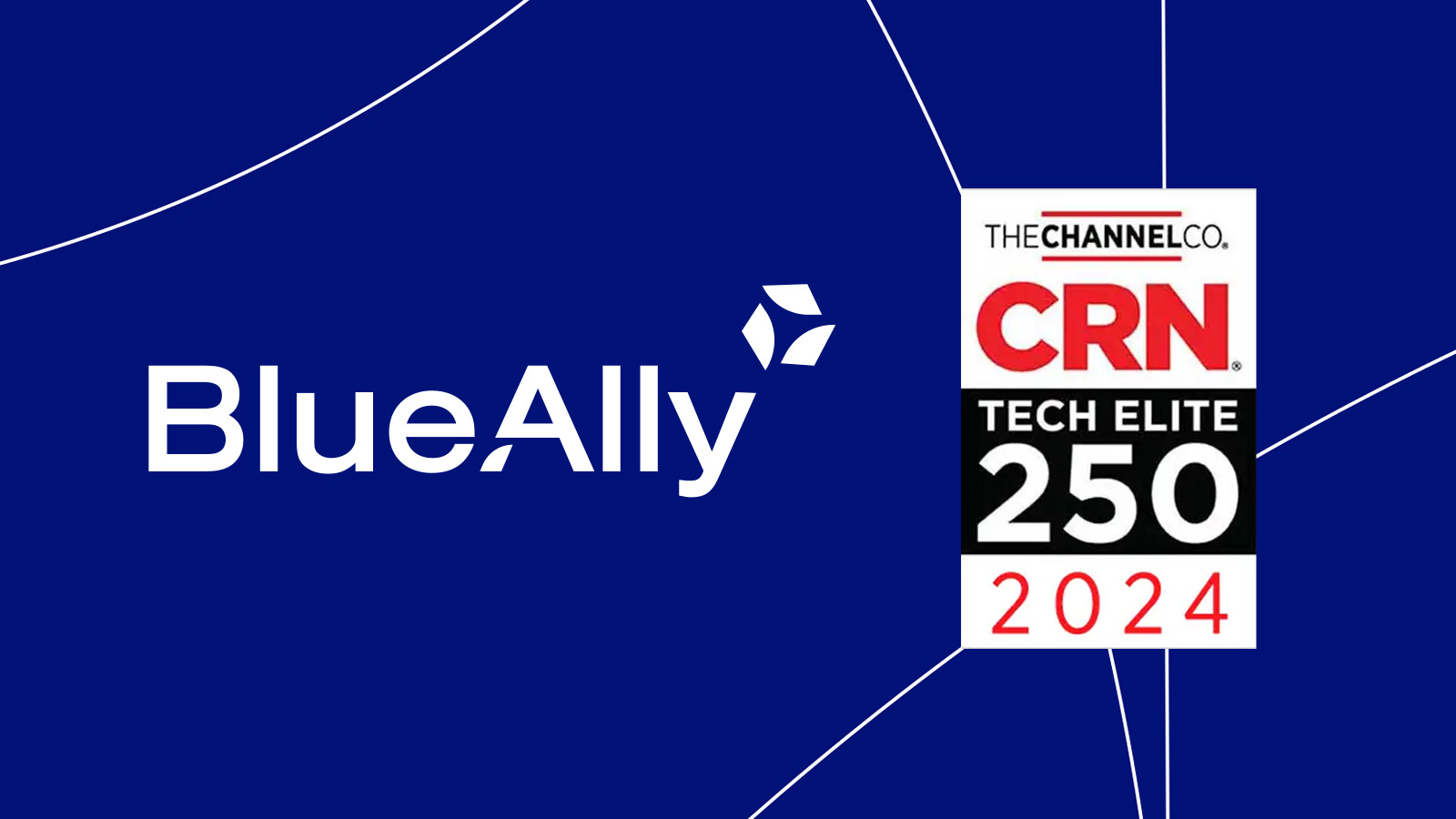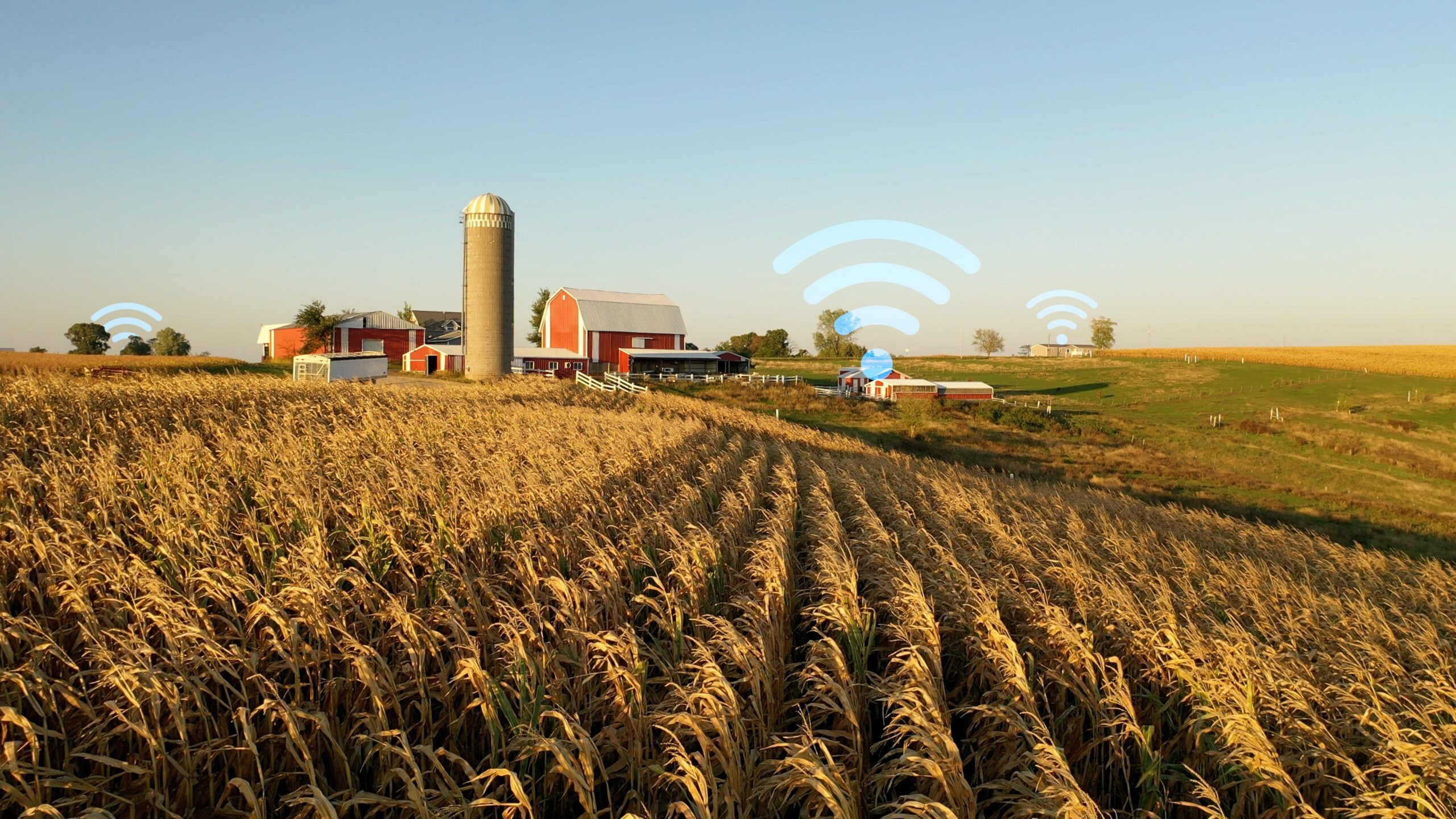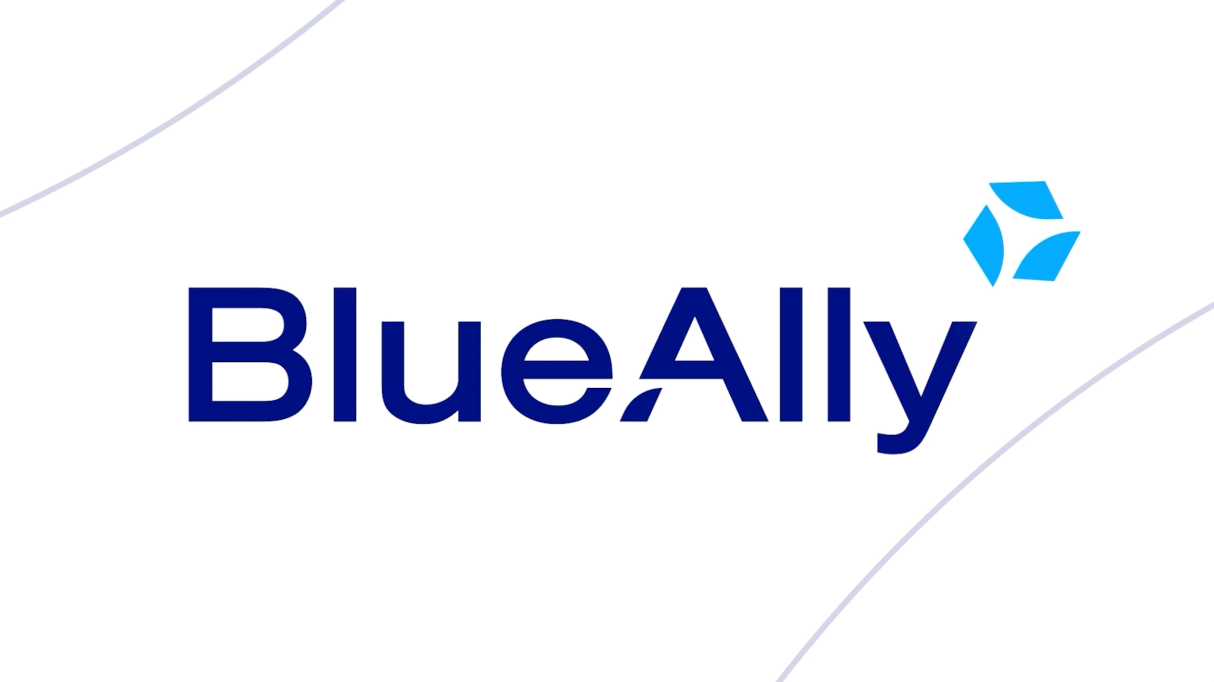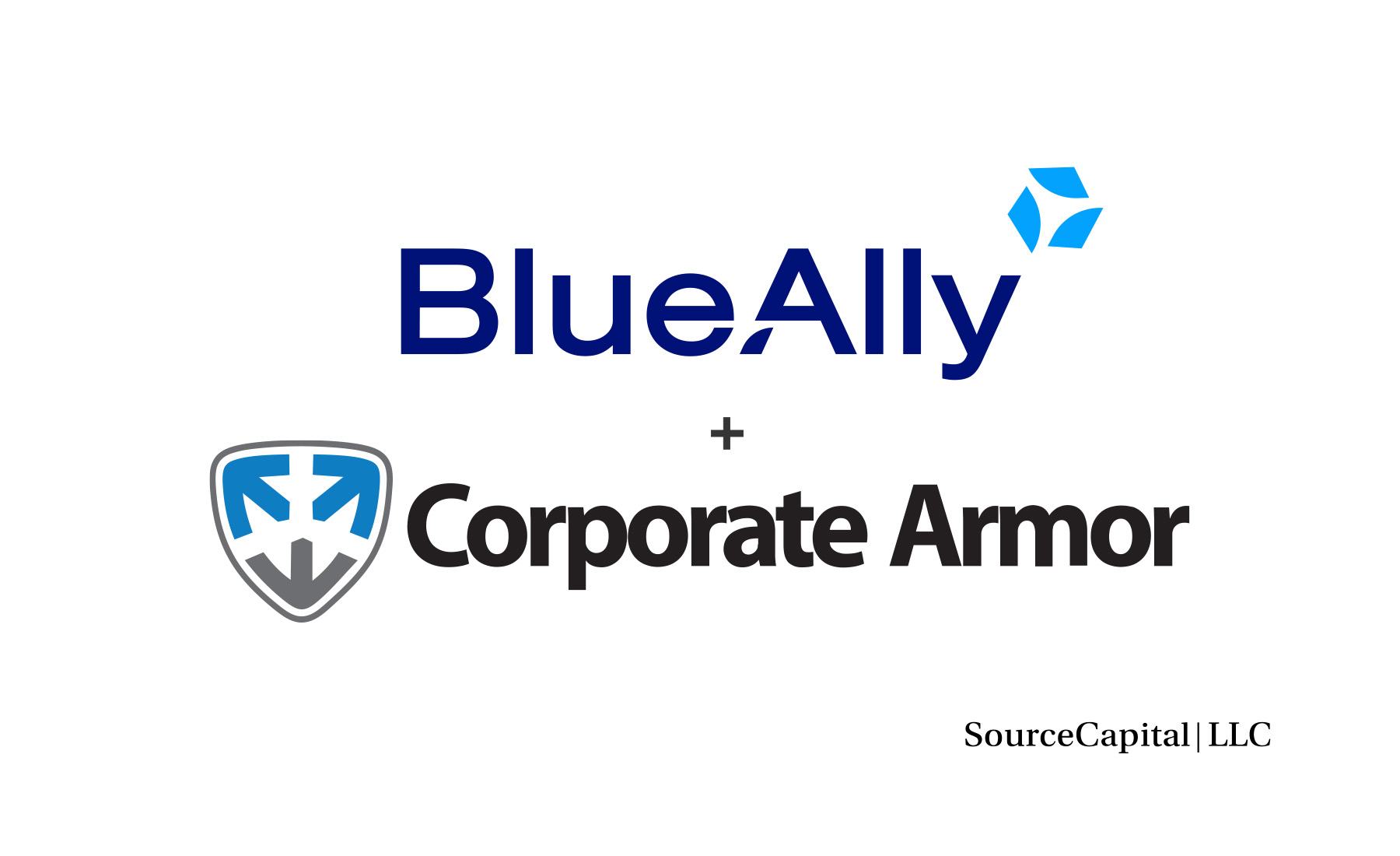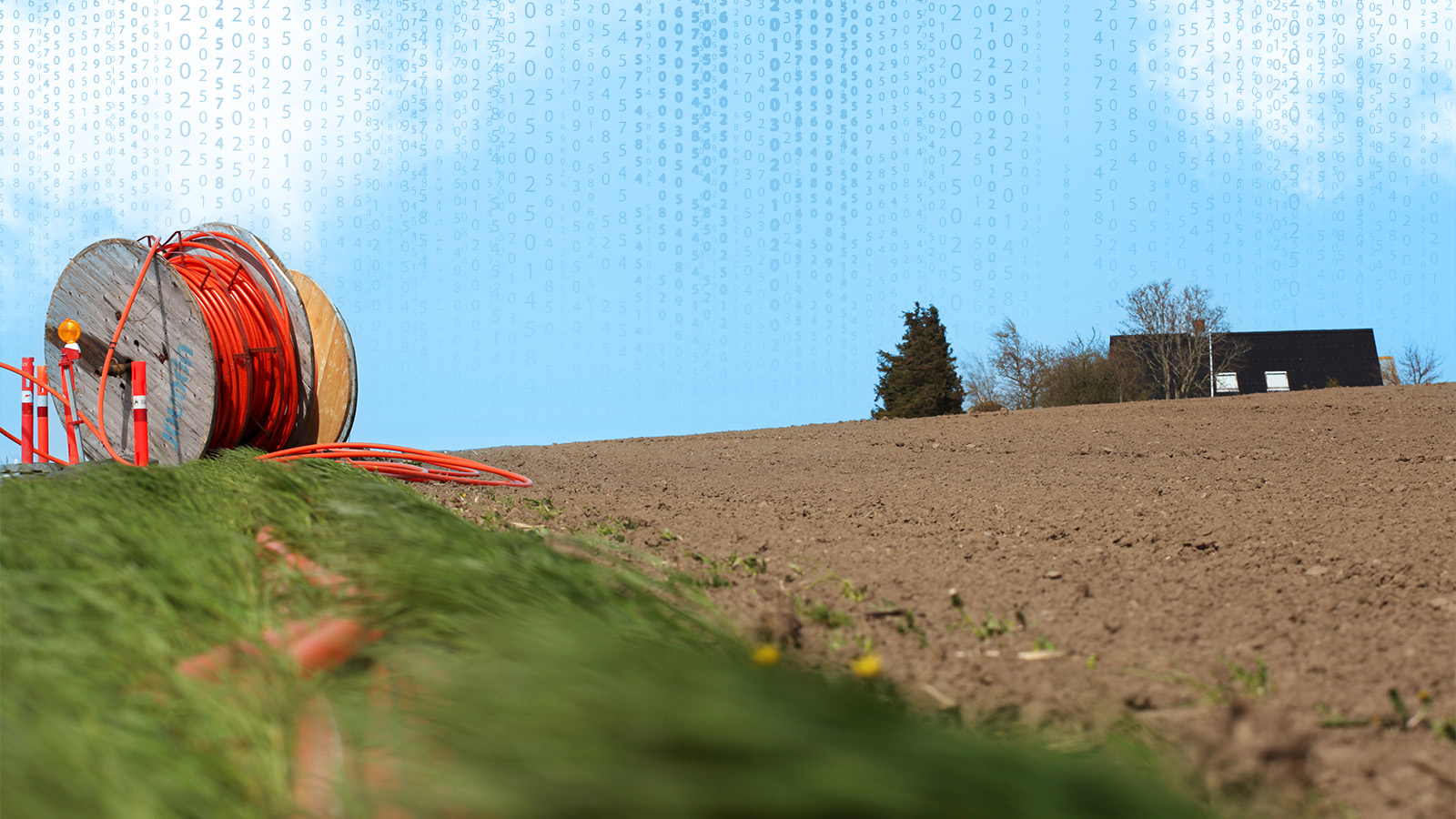 FEATURED
FEATUREDOur Solutions
Technology That Inspires. Insight That Elevates.
Optimized solutions aren’t just about which technology they use, but how it’s applied. At BlueAlly, we elevate premium technology with world-class insight to deliver specialized solutions optimized for your organization. Working with us, find solutions that suit your needs and serve your goals, supported by experts in today’s market-defining technologies.
Explore All Solution AreasUplift enterprise IT with cloud-native modernization services that transform critical applications and empower peak performance.
Cut through the complexity of cloud technology and unlock its full potential with multi and hybrid cloud solutions and services.
Unlock collaboration that uplifts your organizations with cloud-based tools from Microsoft and Cisco to bring teams together.
Conquer security compliance complexities with targeted advising and assessment tailored to your company’s unique circumstances.
Form the foundation of more secure, more successful operations with IT data center solutions and strategies.
Leverage DevOps and cloud-native principles to achieve business goals, enhance software delivery, and future-proof infrastructure.
Design a reliable networking solution around the requirements of your organization.
Implement secure, scalable, and repeatable security measures shaped to serve your specific business needs.
Stay ahead of network needs and the competition with tailored optical transport and network infrastructure solutions.
Success Stories
View AllConquer Complexity
With Us
Ready to take the next step in your digital transformation? Reach out to our client service team and discover how BlueAlly can help your organization turn cutting-edge capabilities into greater business possibilities.






